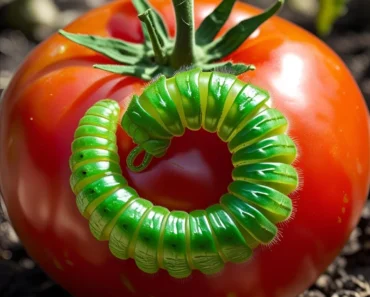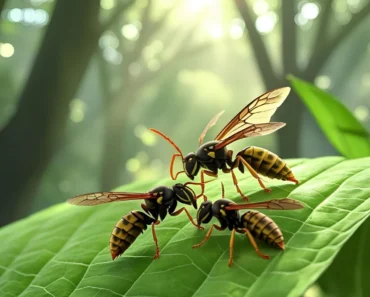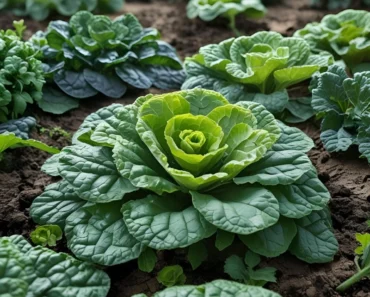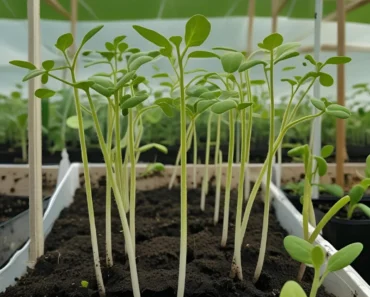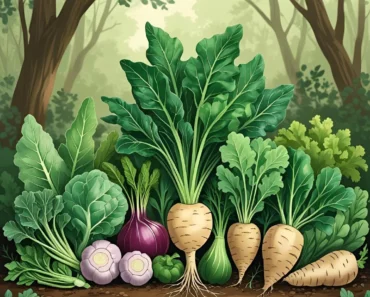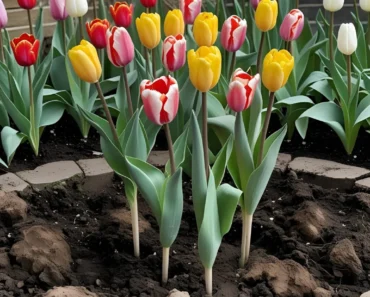Harvesting milkweed seeds and removing the fluff, or silk, is an essential process for gardeners, conservationists, and enthusiasts aiming to grow or preserve milkweed plants, which are crucial for monarch butterflies and other pollinators. Milkweed seed pods contain valuable seeds attached to silky filaments that aid in wind dispersal. Collecting these seeds properly while removing the fluff ensures easy storage, handling, and more effective planting later. This comprehensive guide details step-by-step how to harvest milkweed seeds and separate the fluff, including tips on timing, drying, storing, and preparation for sowing.
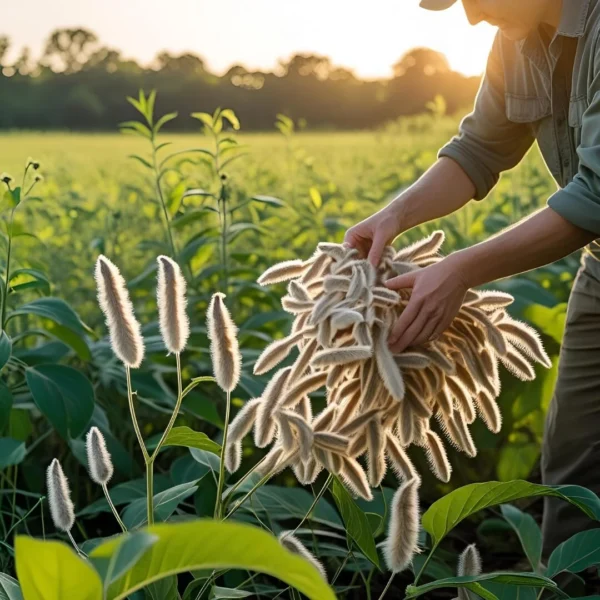
Understanding Milkweed and Its Importance
Milkweed (Asclepias spp.) is the primary food source for monarch butterfly larvae and provides nectar for a range of pollinators. Due to declining milkweed populations, growing milkweed from seed supports wildlife conservation and promotes garden biodiversity. The seeds are contained inside long, slender pods that dry and split open when mature, releasing the seeds attached to distinctive white floss or silk.
When to Harvest Milkweed Seeds
Timing Is Key
-
Pod maturity: Milkweed seed pods are ready to harvest when the pods turn tan or brown and begin to split open along the seams (dehisce).
-
Visual cues: Some pods “pop” open easily with gentle pressure, revealing brown seeds inside. If pods are still green and sealed, the seeds inside may be immature (white or tan).
-
Avoid too early or too late: Harvesting too early yields immature seeds with low viability, while harvesting too late leads to seeds blowing away on the wind.
For many species, this period occurs in late summer through early fall, but varies by location and milkweed variety.
Step-by-Step Harvesting Guide
1. Collect the Pods
-
Use clippers or scissors to cut pods from the plant at the base.
-
Place pods carefully into paper bags to limit accidental fluff release.
-
Avoid collecting open pods with visible bugs or mold.
-
Leave some pods on plants to ensure natural reseeding and ecosystem balance.
2. Dry the Pods
-
Keep pods in a dry, well-ventilated area for several days to allow continued drying if not fully open.
-
Proper drying ensures easier seed removal and reduces mold risk.
3. Opening Pods and Removing Seeds
-
Gently squeeze the pod at the seam or peel it open like a banana to expose seed follicles (rows of seeds attached to silky floss).
-
Holding the seed end firmly, use your thumb or fingernail to rake the seeds away from the silky fibers, going with the grain for easier removal.
-
Repeat peeling and raking until all seeds are separated from the pod structure.
-
This can be done indoors on a large tray or in a breezy outdoor area to keep the silky fluff contained.
Methods for Removing Fluff (Silk/Fibers) From Milkweed Seeds
Manual Separation
-
Use fingers to carefully pull the delicate silky fibers away from seeds; patience is key.
-
Raking seeds between fingers or using a fine comb can expedite fluff removal.
-
Work in batches to maintain control over the fluff spread and seed loss.
Using a Paper Bag and Rocks
-
Place the seed and fluff mixture in a paper bag along with small coins or stones.
-
Shake vigorously to dislodge silk from seeds; seeds are heavier and settle at the bottom.
-
Cut a small hole at the bottom of the bag to pour out seeds, keeping fluff contained inside.
Vacuum and Sifter Implements (Advanced)
-
Some gardeners use specialized vacuum separators combined with sieves to efficiently remove the floss.
-
These methods reduce mess and speed processing but require equipment.
Drying Seeds Post-Fluff Removal
-
Spread cleaned seeds on cardboard or screen in a dry, well-ventilated place for 3-7 days to dry fully.
-
Proper drying prevents molding during storage.
Storage of Milkweed Seeds
-
Store thoroughly dried seeds in breathable containers such as paper envelopes or mesh bags.
-
Avoid plastic bags unless seeds are completely dry, to prevent mold.
-
Label envelopes with species and date of collection.
-
Refrigerate or keep in a cool, dry place until planting.
Preparing Seeds for Planting: Stratification
Many milkweed species require cold stratification to break seed dormancy:
-
Place seeds in a moist medium inside a sealed plastic bag in the refrigerator for 30-60 days.
-
This mimics winter conditions and improves germination rates.
-
Alternatively, sow seeds outdoors in fall for natural stratification over winter.
Useful Tips and Warnings
-
Collect sustainably: Leave enough pods and seeds in the wild to support local ecosystems.
-
Minimize seed loss: Work gently with seeds and fluff to avoid scattering.
-
Avoid mold: Keep seeds dry and well-ventilated.
-
Donate surplus: Consider sharing seeds with monarch conservation programs.
Conclusion
Harvesting milkweed seeds and removing the fluff is a rewarding process that supports ecological restoration and garden enhancement. Careful timing, gentle harvesting, and effective seed-fluff separation techniques yield clean, viable seeds ready for storage or planting. Following this guide ensures a cleaner, less messy seed collection experience and higher success when growing milkweed to benefit monarch butterflies and pollinators.
- https://www.saveourmonarchs.org/blog/collecting-milkweed-seeds-101
- https://www.xerces.org/blog/how-to-collect-seeds-from-milkweed-pod-and-plan
- https://www.youtube.com/watch?v=wyvwnSNIL9Q
- https://monarchjointventure.org/get-involved/create-habitat-for-monarchs/milkweed-seed-collection
- https://growitbuildit.com/how-to-save-milkweed-seeds-cleanly-guide-with-pictures/
- https://extension.okstate.edu/fact-sheets/native-milkweed-germination-guide.html
- https://www.farmanddairy.com/top-stories/how-to-harvest-milkweed-seeds-a-tutorial/843155.html
- https://www.canr.msu.edu/news/help_monarchs_and_other_pollinators_by_collecting_milkweed_seeds_this_fall
- https://westcook.wildones.org/2017/09/10/resources-to-learn-about-harvesting-milkweed-seeds/

